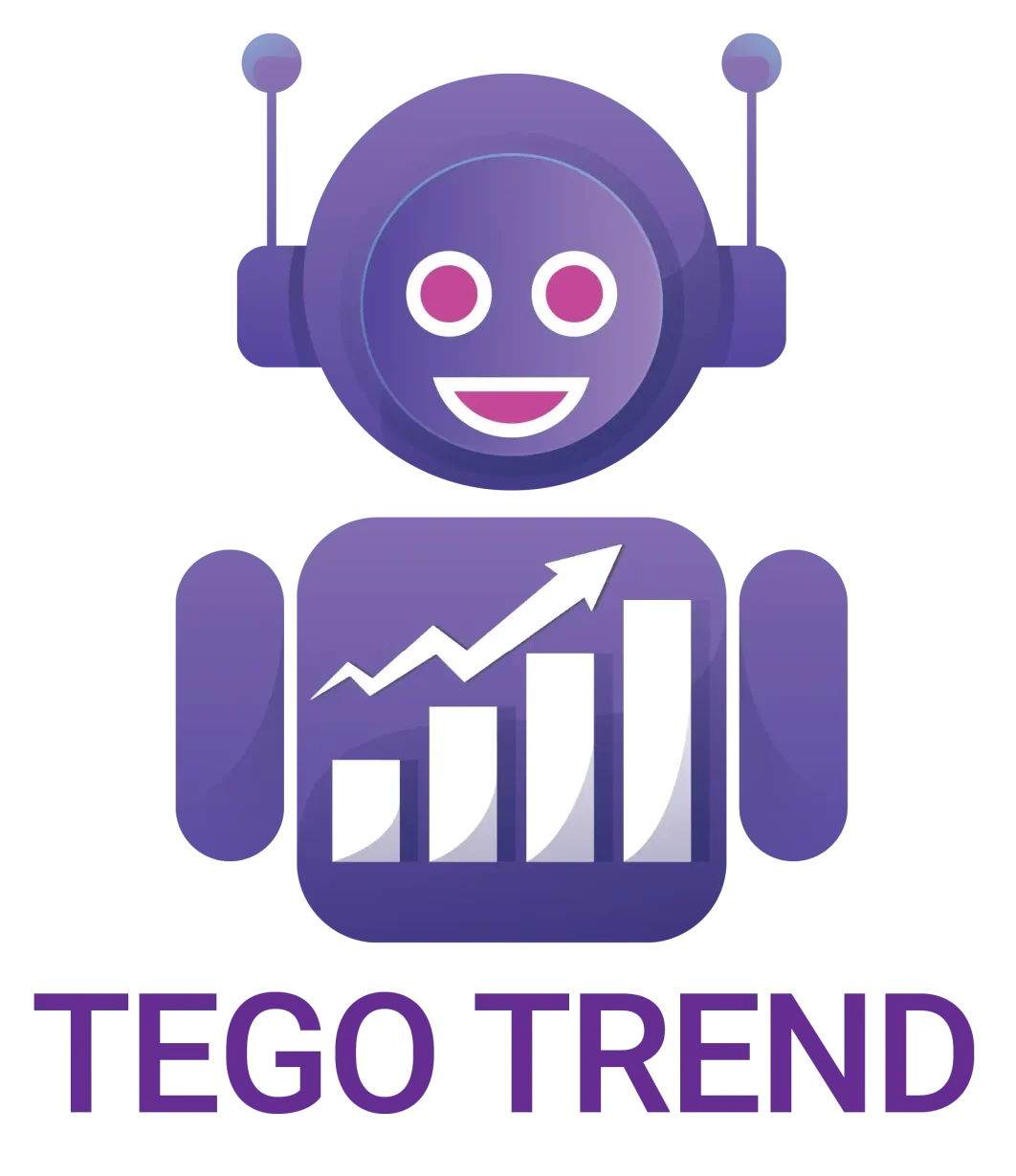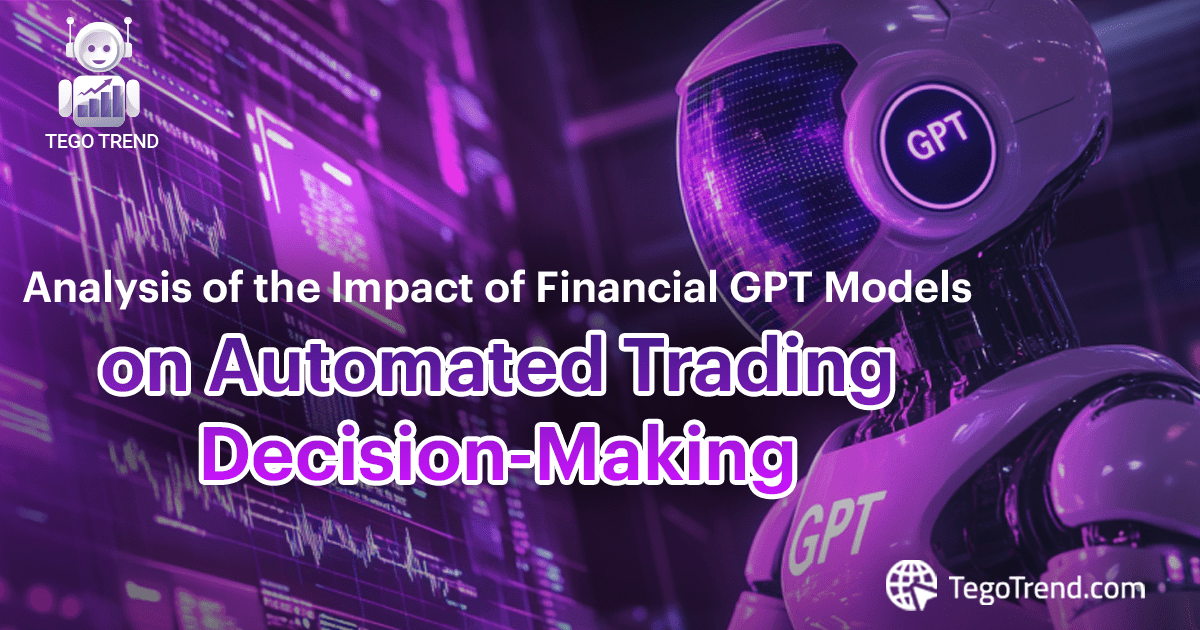Analyzing the Impact of GPT Financial Models on Automated Trading Decisions
In recent years, artificial intelligence has seen tremendous advancements, playing a crucial role in financial markets. One of the most revolutionary developments in this field is the Generative Pre-trained Transformer (GPT) models, which have fundamentally changed the way financial data is analyzed and investment decisions are made.
Automated trading no longer relies solely on technical indicators or traditional quantitative analysis models. Instead, AI can now analyze economic news, assess investor sentiment, and even react to market changes in real-time. This evolution is not just due to increased computational power but also significant progress in natural language processing (NLP) techniques, allowing models like GPT-4 to analyze financial texts and understand their potential impact on markets.
In this article, we will delve into the impact of GPT models on automated trading, discussing how they can be used to develop more precise and efficient strategies. We will highlight the significant benefits of this technology, address the challenges and risks associated with it, and provide the best methods to enhance the performance of these models when integrated into smart trading systems.
What Are GPT Models and Their Role in Automated Trading?
GPT models are based on the Transformer architecture developed by OpenAI. They can understand text context, analyze vast amounts of data, and predict future trends based on patterns extracted from textual data. In trading, these models can be used in various ways to analyze markets effectively. For example, they can process thousands of financial news articles within seconds, determine market sentiment through social media analysis, and provide trading recommendations based on extracted data.
How Are GPT Models Integrated into Trading Systems?
Analyzing Economic News and Predicting Its Market Impact
Economic news directly affects asset prices. An announcement about an interest rate hike or weak economic data can significantly influence investor decisions. Using GPT-4, automated trading systems can analyze thousands of financial articles and news reports, then classify them based on their potential impact on the market.
For example, if high inflation is announced in the U.S., the model can determine that this news may lead the Federal Reserve to raise interest rates, potentially causing the U.S. dollar to appreciate against other currencies.
Analyzing Market Sentiment via Social Media
Emotions play a significant role in market movements. A single tweet from an influential figure like Elon Musk can cause a sharp rise or crash in a financial asset. GPT models can analyze vast amounts of content from platforms like Twitter, Reddit, and StockTwits to determine whether market sentiment is positive or negative.
This type of analysis can provide valuable trading signals, especially when the market is driven more by sentiment than by fundamental factors.
Developing Trading Strategies Based on Text Analysis
One of the most exciting applications of GPT models is developing trading strategies based on textual analysis. While traditional trading systems rely on numerical and chart analysis, AI models can process thousands of financial reports and official statements to generate buy and sell signals based on identified patterns.
For example, if the model detects that multiple central banks are adopting a more cautious tone when discussing the economy, it could signal an upcoming economic slowdown, prompting adjustments in investment strategies to mitigate potential risks.
Benefits of Using GPT Models in Automated Trading
Faster Decision-Making
High-Frequency Trading (HFT) relies on rapid decision-making based on incoming data. Using GPT-4, financial news can be analyzed, and trading signals can be generated in a fraction of a second, giving traders a significant competitive advantage.
Efficient Big Data Analysis
GPT models can process millions of words from news articles, financial reports, and discussions in record time, helping extract precise insights that enhance trading decisions.
Enhanced Risk Management Strategies
GPT models help mitigate risks by analyzing news patterns and market movements, enabling traders to proactively adjust their strategies to avoid potential losses.
Quick Adaptation to Market Changes
These models can rapidly adapt to market fluctuations, analyzing sudden economic events and recalibrating trading strategies accordingly.
Challenges and Risks of Using GPT in Trading
Accuracy in Interpreting Information
While GPT models are powerful, they may struggle to analyze complex financial data or misleading news accurately.
Latency Issues
Although GPT models are fast, some high-frequency trading strategies require real-time responses that these models might not always provide.
Need for Reliable Data
If a model is trained on unreliable data, it may lead to incorrect trading decisions, making data accuracy a critical factor.
How to Improve GPT Performance in Trading Systems
Using Financially Specialized Models
Optimized versions of GPT trained specifically on financial data should be used to ensure the highest possible accuracy in analysis.
Integrating with Other Data Analysis Techniques
GPT performance can be enhanced by integrating it with other technologies like Long Short-Term Memory (LSTM) for time-series analysis or Transformer-based models for market trend forecasting.
Enhancing Input Data Quality
To ensure more accurate performance, filtering unreliable financial data before feeding it into the system is essential. Relying on diverse sources helps reduce bias in analysis.
The Future of GPT Models in Automated Trading
As AI continues to evolve, GPT models are expected to become even more accurate in analyzing financial markets and predicting market movements. In the future, we may see fully autonomous trading platforms that rely entirely on these models, learning from markets in real-time and adapting to changes with remarkable speed.
Additionally, advancements in AutoML technologies may enable trading models to self-learn and refine their strategies over time, making markets smarter and more efficient than ever before.
Conclusion
GPT models represent the future of automated trading, offering powerful analytical tools that enhance investment strategies. However, challenges remain in ensuring maximum accuracy and reliability. As technology advances, AI is expected to play a more significant role in trading decisions, paving the way for a new era of intelligent financial markets.
You can learn automated trading through our Automated Trading Learning Series on our YouTube channel via the following link:
Automated Trading Learning Series


